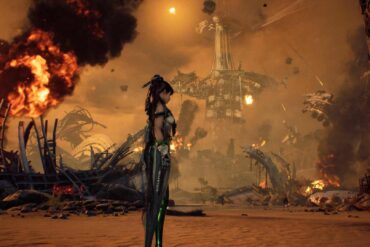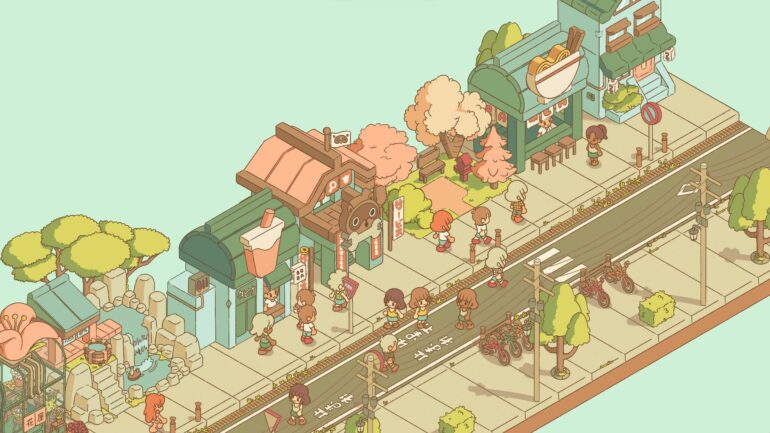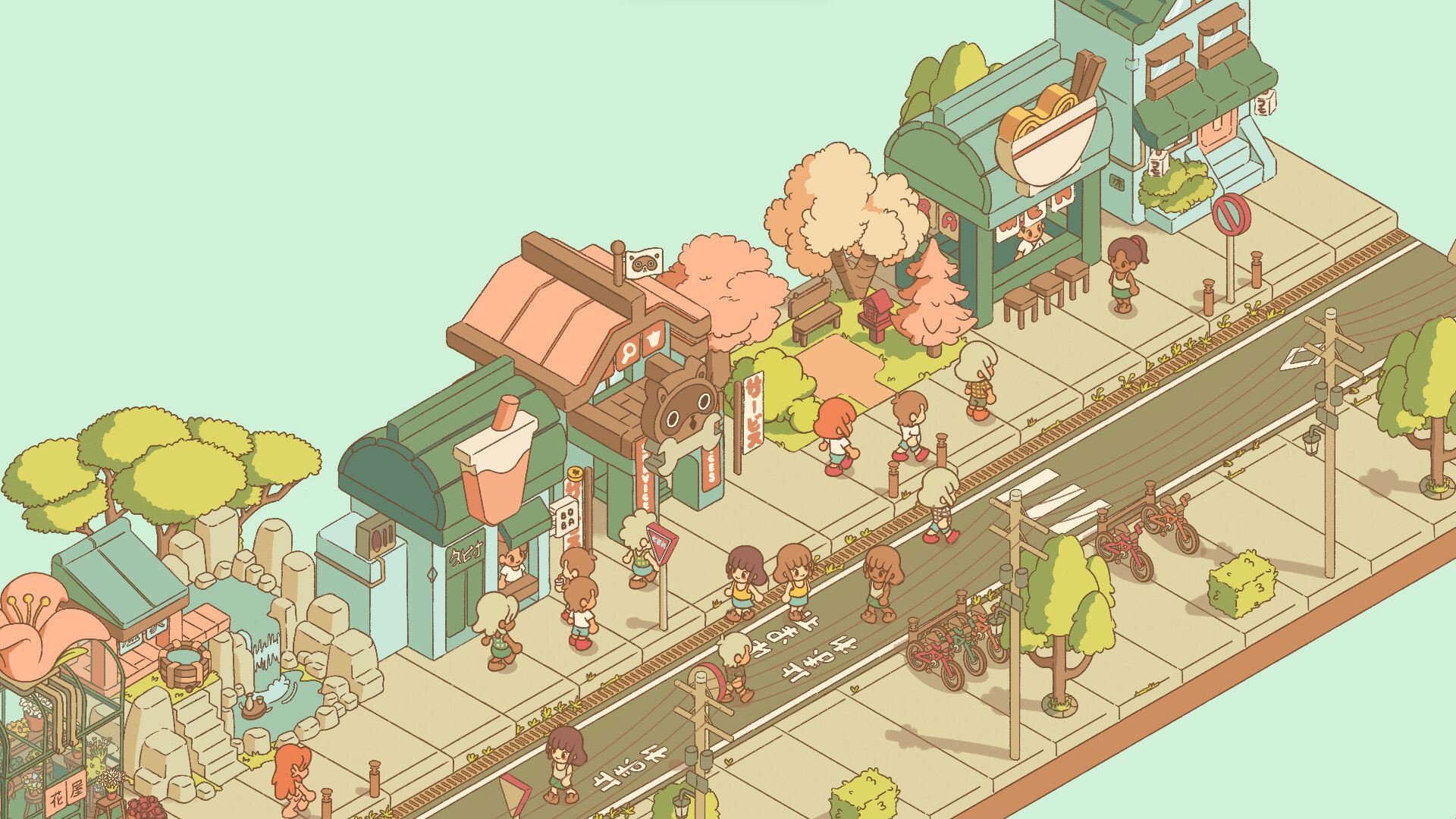I have been keenly aware of Minami Lane for a little while, checking in every so often on its progress and relishing in its sumptuous screenshots. A few weeks ago, during Steam Next Fest, I was given the honor of previewing its demo, a genuine pleasure that left a profound impression on me. Of course, during all of these stages, I never doubted just how good Minami Lane would be. Yet, when the game’s release finally rolled around and I got my hands on the full experience, I was astonished and subsequently delighted by just how remarkable it is. Minami Lane is easily one of the best games I have played this year, and I’m struggling to find a reason why it shouldn’t be in everyone’s top ten by the end of it.
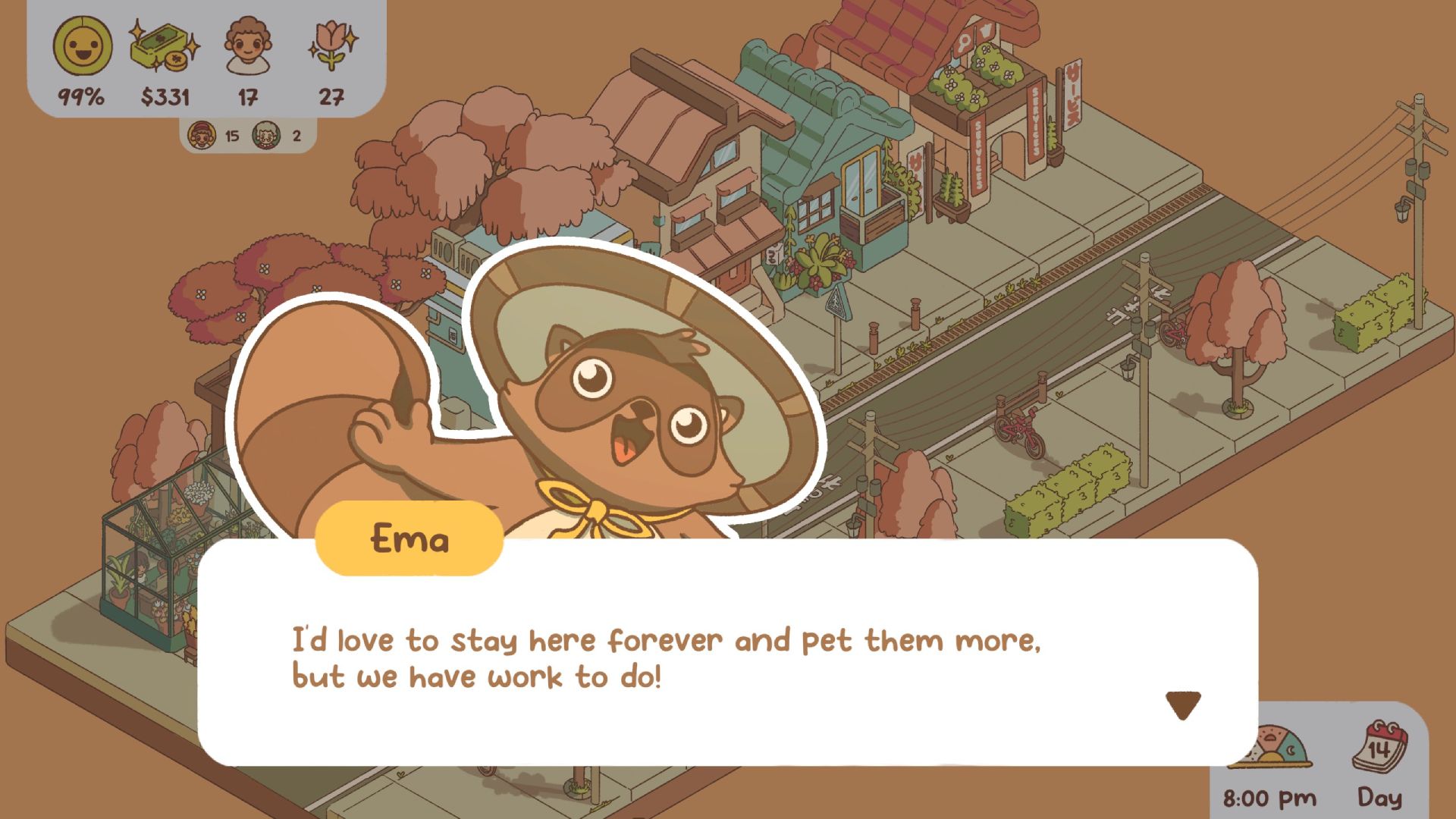
“There’s a satisfying progression to Minami Lane’s story, one that is underscored by themes of nature and serenity.”
Minami Lane is a management sim, first and foremost, and as such, its narrative serves as a wholesome way of contextualizing each mission’s objectives and your actions. It’s told across the 5 missions that make up its Missions mode, both through the Tanuki, Ema, who wants nothing more than to see the various streets you manage thrive, and via the mission objectives. You’ll start the game by introducing the neighborhood to Boba Tea and end it by restoring the Yokai culture that once thrived. It’s a satisfying progression, one that is underscored by themes of nature and serenity that help make the handful of missions all the more compelling,
Of course, it is through the gameplay that much of your own personal narrative will be spun. Minami Lane’s plethora of endlessly captivating inhabitants have a number of unique lines that change the more you improve your street. They’ll lament about their mental well-being, encouraging you to implement more parks and onsens in order to raise their spirits. It serves to add a human touch to the gameplay, making improving your streets less about watching numbers go up and more about making sure Liam gets his deserved mental health break.
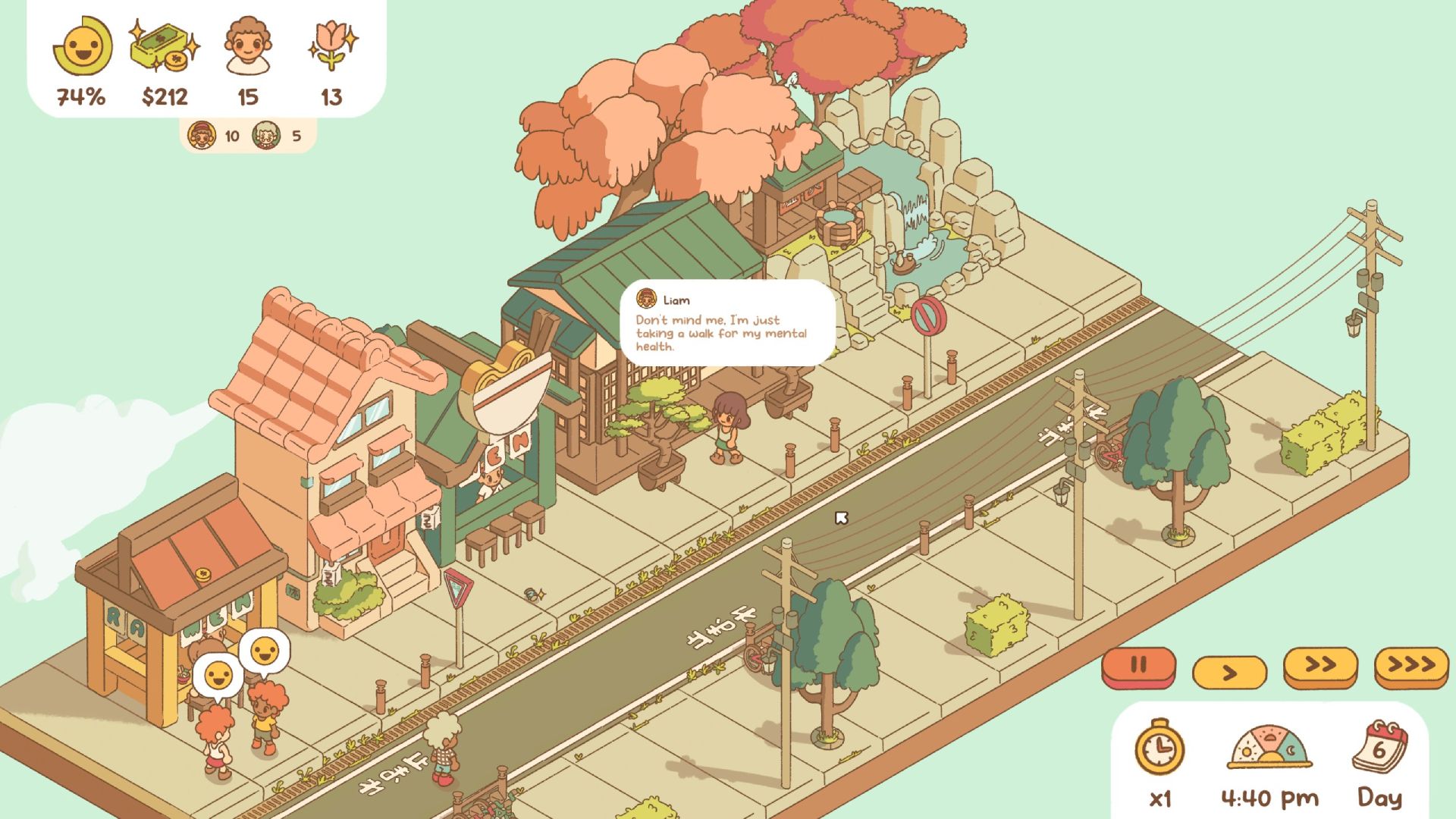
“Minami Lane is delightfully complex, owing to its creative optional objectives and intricate design.”
You’ll spend much of your initial time with Minami Lane’s Missions mode. These act as both a tutorial to the game’s other mode, Sandbox, as well as ingeniously creative puzzles in their own right. On a surface level, they’re simple, offering cozy scenarios, such as beautifying your street to encourage the local cats to return, and accessible gameplay mechanics that are immediately easy to grasp. This is, in large part, thanks to the game’s structure, which introduces you to a new mechanic or building type at a steady pace, ensuring you’re never overwhelmed nor, indeed, bored.
However, Minami Lane is delightfully complex, too, owing to its creative optional objectives and intricate design. For the most part, it is a balancing act, one that sees you attempt to appease the wants and needs of your street’s varied demographics. You achieve this by changing the very items your store sells, adding more noodles and beef to increase sales to younger customers, or adding Elastic Love to your karaoke bar’s song lineup to get the nostalgic elders through the door. Of course, achieving this balance and appeasing everyone isn’t doable with one shop, so you’ll need to construct multiple of them while implementing the perfect recipe for each demographic.
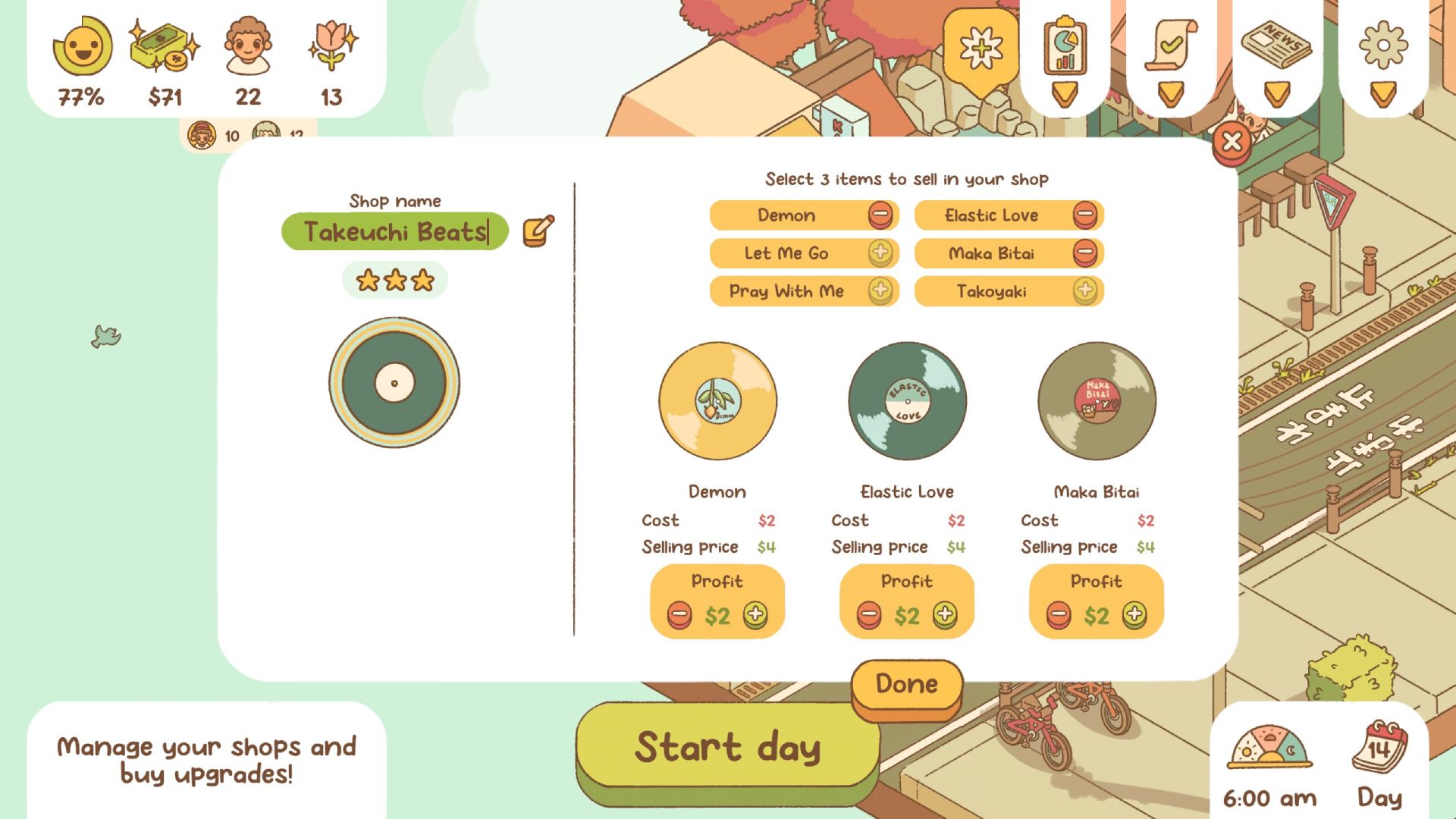
This alone adds a compelling layer of strategy, one that is endlessly engrossing, creating a gameplay loop that never gets old. However, Minami Lane isn’t done there, as its swathe of optional objectives injects the entire experience with an even deeper layer of complexity. These often require you to achieve the main objective with as few buildings as possible or by a certain date. This limitation encourages you to think creatively, toying between which upgrades to implement or even which buildings to construct in order to complete the mission efficiently.
“It results in an astoundingly audacious achievement, one pulled off with such creative excellence by two exceptionally talented developers.”
Of course, none of this would be possible without the in-depth customization on offer. On a superficial level, every building can be tweaked, from their rooftops to their color scheme. More importantly, each building can be upgraded. For example, residential buildings can be improved to add more space for additional inhabitants, whereas commercial buildings can increase the number of people they sell to.
However, you can also upgrade both of these building types to improve their beautification rating, which in turn improves the well-being and satisfaction rate of your people. When you’re attempting to juggle income to construct more buildings, your inhabitants’ satisfaction rate to unlock new buildings needed to complete the mission, and also the beautification rate to further improve that satisfaction, all while being limited to 6 buildings, it’s easy to see where Minami Lane’s complexity kicks in.
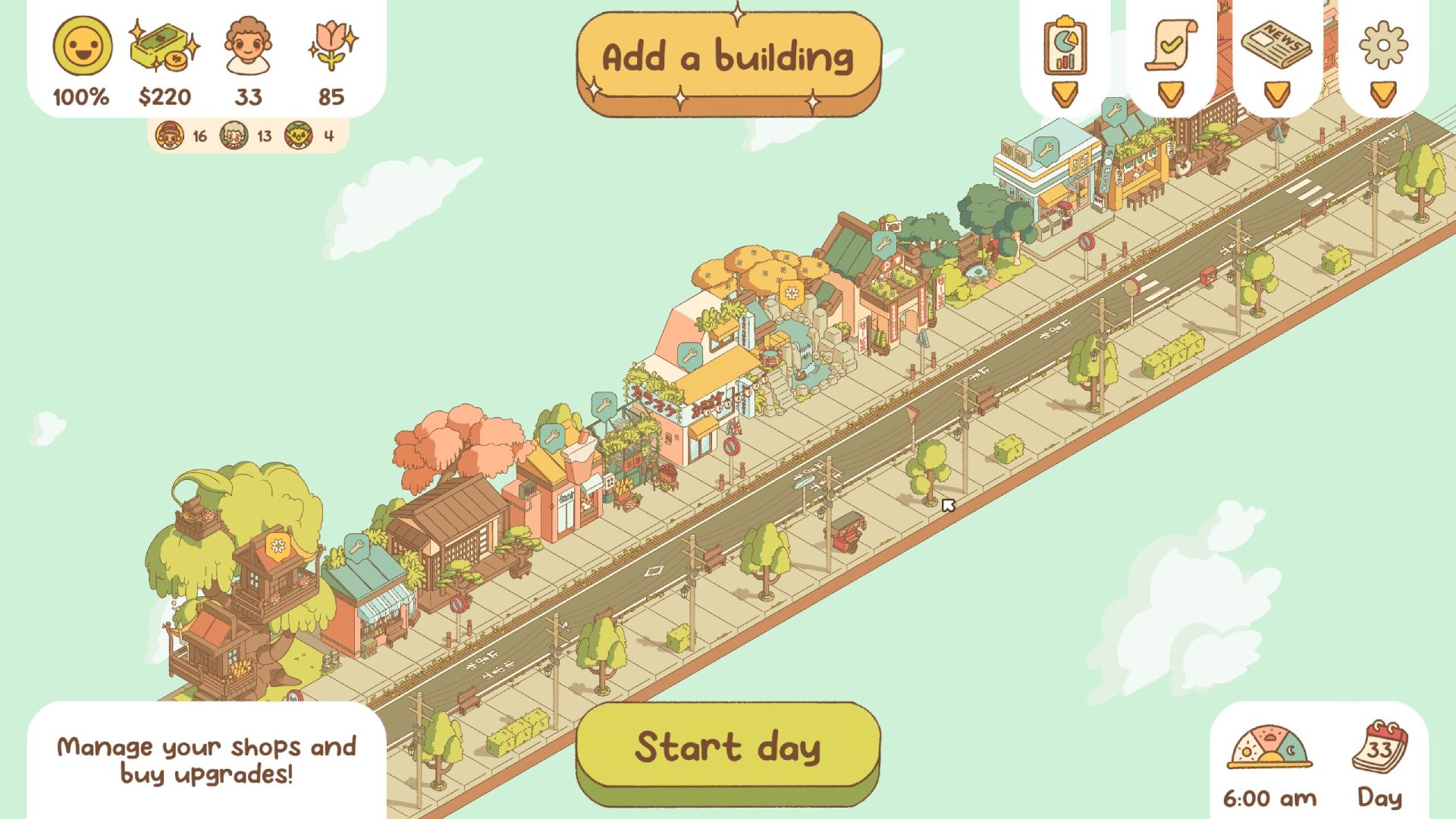
Of course, the ingenious aspect of Minami Lane’s design is that it never sacrifices its coziness or its undeniable charm in favor of its compelling complexity. The majority of the more challenging aspects of its core gameplay loop are optional, and you can track the specific wants and needs of your residents, down to what items each demographic likes, exceptionally easily. At all times, Minami Lane is pulling off a gracious balancing act, ensuring that no matter what incentivized you to pick it up in the first place, you’re playstyle and level of engagement are catered to.
It results in an astoundingly audacious achievement, one pulled off with such creative excellence by two exceptionally talented developers. Minami Lane’s balancing of gameplay and vibes is extraordinary and makes for an endlessly rewarding and compelling experience bolstered by its stunning visuals and melodious upbeat soundtrack.
“Frankly, the soundtrack, despite only featuring three songs, is incredible, easily reaching the heights of Nintendo’s finest tracks”
Of course, much of Minami Lane’s cozy atmosphere can be attributed to its sumptuous visuals that infuse a warm and welcoming pastel aesthetic with a reverence for Japanese culture. From the lush flora that adorns the buildings’ facades to the chibi-esque character designs, Minami Lane oozes with a uniquely charming style that is as richly detailed as it is deserving of the wholesome title. Its art style captures the very best aspects of its inspirations, encapsulating the complexities of Tokyo’s packed streets with the dreamlike haze of the countryside in summer.
The level of detail present in Minami Lane is equally as impressive, especially when factoring in that each upgrade visually alters the building. The act of going from a breathtaking birdseye view of your street down to a small pocket of bustling activity, revealing the intricate minutiae of every character and storefront, is astonishing. Fortunately, it never feels overwhelming, owing, in large part, to the unpretentious UI that seamlessly blends in with the overall aesthetic while still effectively relaying all of the important information.
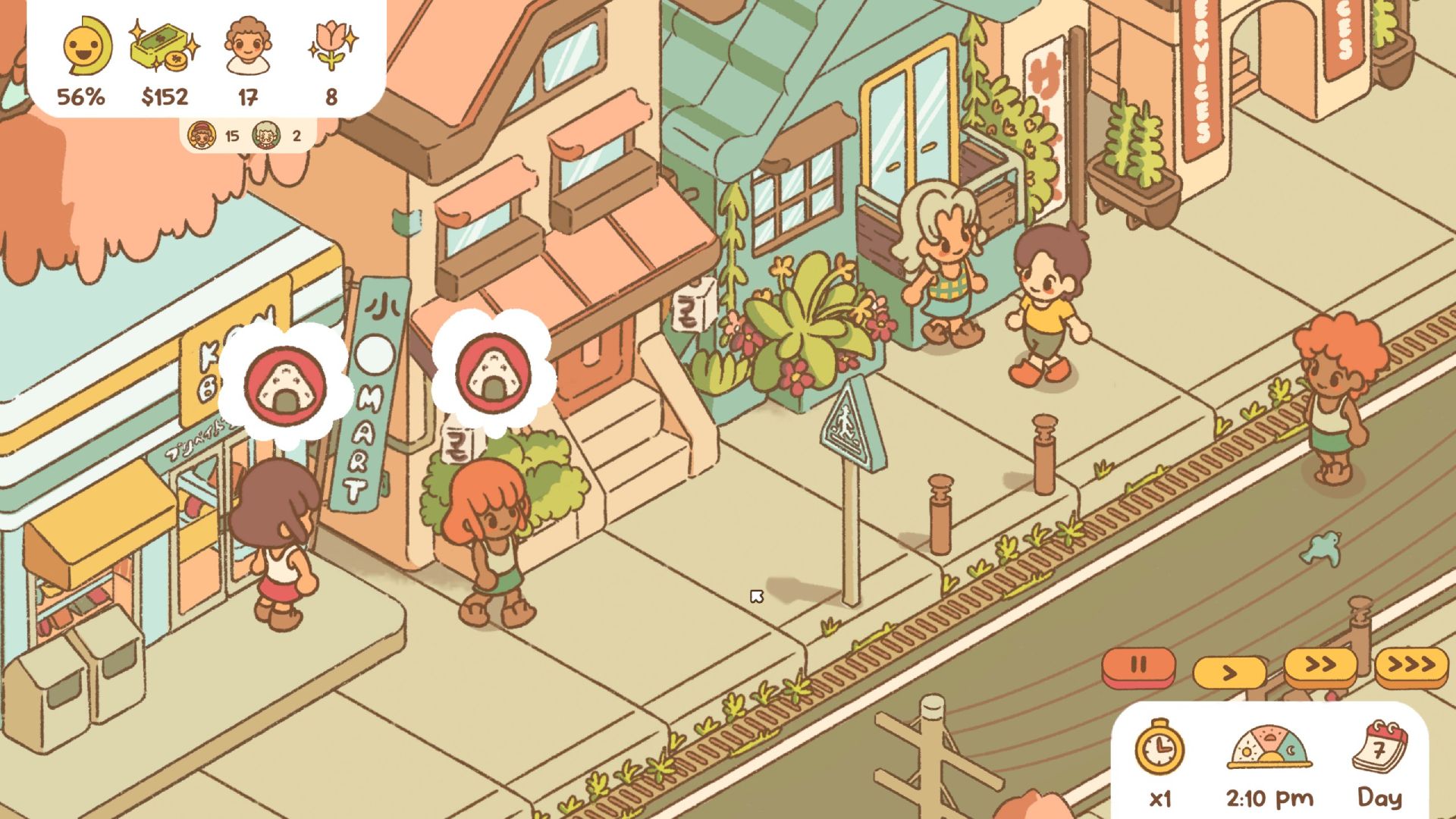
Naturally, all of this is scored by a bubbly soundtrack by the incredibly talented Zakku, reminiscent of the simultaneously relaxing yet energetic music of the Wii. Its incorporation of iconic Japanese sounds, such as the soothing beeps of a railroad crossing, helps to sell the atmosphere, while the invigorating beats ease you satisfyingly into the gameplay loop. Frankly, the soundtrack, despite only featuring three songs, is incredible, easily reaching the heights of Nintendo’s finest tracks, and a good enough reason alone to pick up Minami Lane.
“I’m genuinely lost for words when it comes to Minami Lane.”
Minami Lane is a phenomenal experience from start to finish. It offers an engagingly complex management sim gameplay loop that grows in complexity and remains endlessly satisfying. Its gorgeous visuals, coupled with its excellent soundtrack, help sell the cozy atmosphere, while its intuitive gameplay mechanics ensure that it’s approachable to all. Despite the short length of its main campaign, its sandbox mode provides dozens of hours of entertainment, making its low cost all the more surprising.
I’m genuinely lost for words when it comes to Minami Lane, not least because it’s a phenomenal game but because it was developed in just 6 months. Evidently, the developing duo behind it are immensely talented, and I cannot wait to see what they have in store for us next. I cannot overstate just how much you should absolutely buy Minami Lane. Trust me, you won’t regret it.
Disclosure: Game Crater was provided the game for this review. Some links provided in this article are affiliate links. Game Crater will be paid a commission if you use these links to make a purchase.



